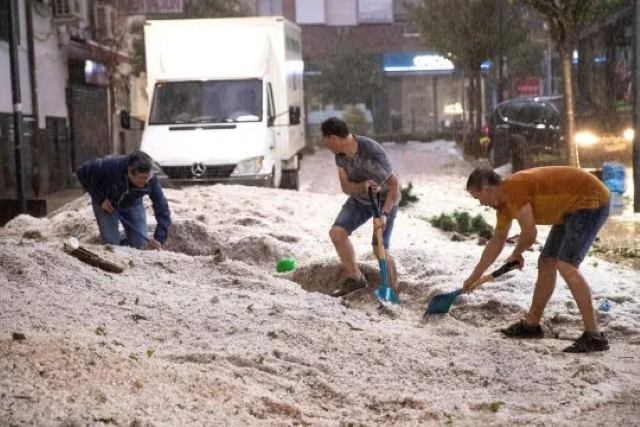Was Tasmania’s summer of fires and floods a glimpse of its climate future?
By Alistair Hobday, Eric Oliver, Jan McDonald, and Michael Grose
19 April 2016 (The Conversation) – Drought, fires, floods, marine heatwaves – Tasmania has had a tough time this summer. These events damaged its natural environment, including world heritage forests and alpine areas, and affected homes, businesses and energy security. In past decades, climate-related warming of Tasmania’s land and ocean environments has seen dozens of marine species moving south, contributed to dieback in several tree species, and encouraged businesses and people from mainland Australia to relocate. These slow changes don’t generate a lot of attention, but this summer’s events have made people sit up and take notice. If climate change will produce conditions that we have never seen before, did Tasmania just get a glimpse of this future? After the coldest winter in half a century, Tasmania experienced a warm and very dry spring in 2015, including a record dry October. During this time there was a strong El Niño event in the Pacific Ocean and a positive Indian Ocean Dipole event, both of which influence Tasmania’s climate. The dry spring was followed by Tasmania’s warmest summer since records began in 1910, with temperatures 1.78℃ above the long-term average. Many regions, especially the west coast, stayed dry during the summer – a pattern consistent with climate projections. The dry spring and summer led to a reduction in available water, including a reduction of inflows into reservoirs. Tourists and locals alike enjoyed the clear, warm days – but these conditions came at a cost, priming Tasmania for damaging bushfires. Three big lightning storms struck, including one on January 13 that delivered almost 2,000 lightning strikes and sparked many fires, particularly in the state’s northwest. By the end of February, more than 300 fires had burned more than 120,000 hectares, including more than 1% of Tasmania’s World Heritage Area – alpine areas that had not burnt since the end of the last ice age some 8,000 years ago. Their fire-sensitive cushion plants and endemic pine forests are unlikely to recover, due to the loss of peat and soils. [more]
Was Tasmania’s summer of fires and floods a glimpse of its climate future?

